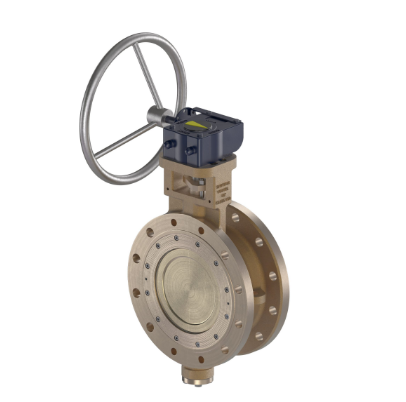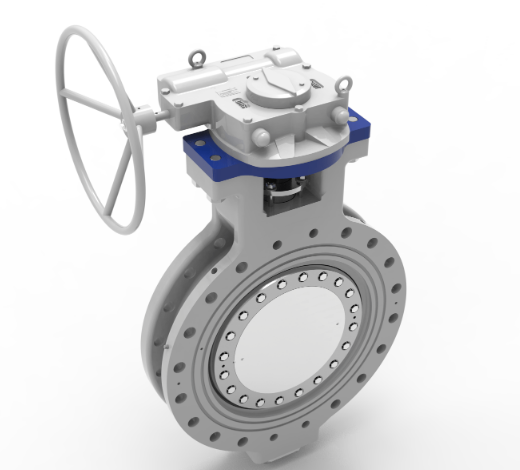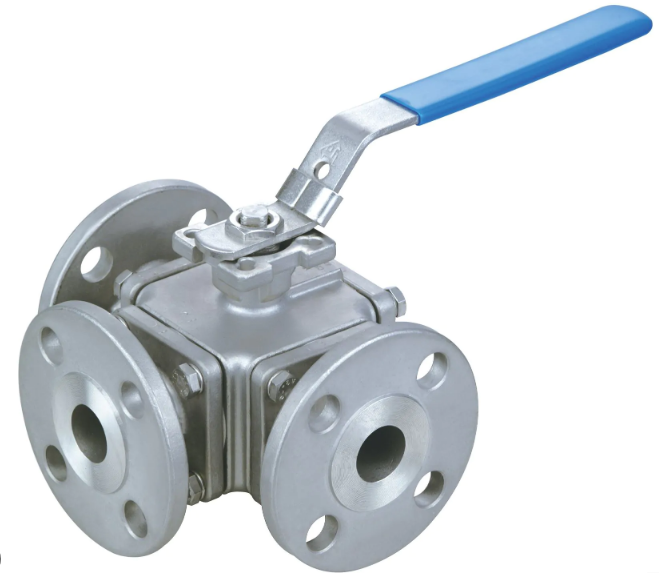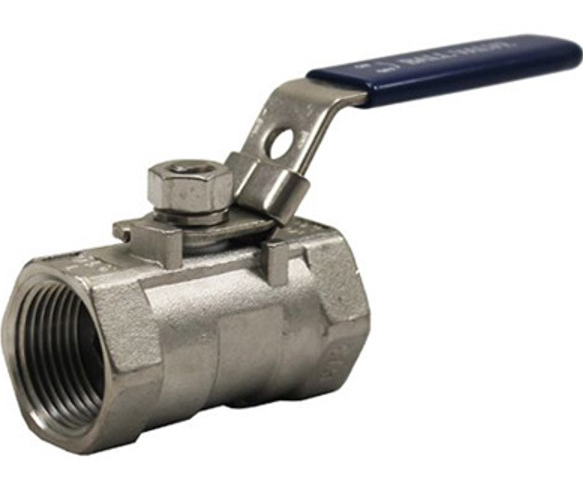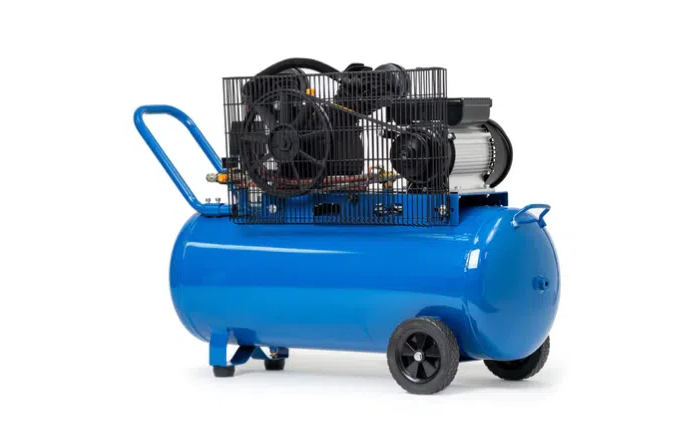Introduction
In industrial automation, pneumatic actuators are widely used for operating valves, dampers, and other mechanical devices due to their reliability, quick response, and relatively low cost. One of the most critical factors in their performance and operational cost is air consumption.
Understanding and optimizing pneumatic actuator air consumption not only reduces energy costs but also improves system efficiency and sustainability.
This article explains how to calculate air consumption, factors affecting it, and practical tips to minimize unnecessary air usage.
1. What Is Pneumatic Actuator Air Consumption?
Air consumption refers to the amount of compressed air a pneumatic actuator uses during its operation cycle. It is typically measured in:
-
Standard Cubic Feet per Minute (SCFM)
-
Normal Liters per Minute (NL/min)
High air consumption increases compressor workload, energy bills, and maintenance costs. Therefore, understanding it is essential for both performance and budgeting.
2. How to Calculate Air Consumption of a Pneumatic Actuator
The basic calculation for air consumption involves:
Formula:
Steps:
-
Determine the Piston Area (A)
Where D = piston diameter.
-
Multiply by Stroke Length (L) – The distance the actuator rod travels.
-
Convert to Standard Volume – Adjust for atmospheric pressure and standard temperature.
-
Account for Double Acting – For double-acting actuators, calculate air consumption for both extend and retract strokes.
Example:
A single-acting actuator with a 100 mm bore, 200 mm stroke, and 6 bar pressure consumes roughly 9.42 liters per cycle.
3. Factors Affecting Pneumatic Actuator Air Consumption
-
Actuator Type – Double-acting actuators consume more air than single-acting types.
-
Operating Pressure – Higher pressures increase consumption.
-
Stroke Frequency – Faster cycles consume more air per minute.
-
Seal Condition – Worn seals cause air leaks, increasing usage.
-
Piping and Valve Sizing – Oversized lines waste air; undersized lines restrict flow.
4. Methods to Reduce Air Consumption
-
Select the Right Size – Avoid oversizing the actuator.
-
Lower Operating Pressure – Use the minimum pressure needed for reliable operation.
-
Install Quick Exhaust Valves – Reduces back pressure and speeds up cycle time.
-
Use Positioners and Flow Controls – Prevent excessive air supply.
-
Regular Leak Detection – Repair leaks in hoses, fittings, and connections.
-
Adopt Energy-Efficient Control Logic – Avoid unnecessary cycling.
5. Importance of Air Consumption Optimization
-
Energy Savings – Compressed air is costly; reducing waste directly cuts expenses.
-
Longer Equipment Life – Lower operating loads reduce wear on actuators and compressors.
-
Improved System Stability – Stable air supply ensures consistent actuator performance.
-
Sustainability – Lower energy demand reduces the carbon footprint.
6. Applications Where Air Consumption Is Critical
-
Automated Manufacturing Lines – High-cycle actuators need air efficiency to control costs.
-
Packaging Machinery – Continuous operation amplifies any waste in air usage.
-
Process Industries – Oil & gas, chemical, and food processing plants benefit from optimizing compressed air.
-
Remote Installations – Where compressor capacity is limited, air efficiency is vital.
Conclusion
Monitoring and optimizing pneumatic actuator air consumption is essential for cost reduction, energy efficiency, and reliable system performance.
By applying proper calculation methods, selecting the right actuator size, and implementing energy-saving measures, industries can achieve significant operational improvements.
If you want to learn more about low-priced products, please visit the following website: www.xm-valveactuator.com







